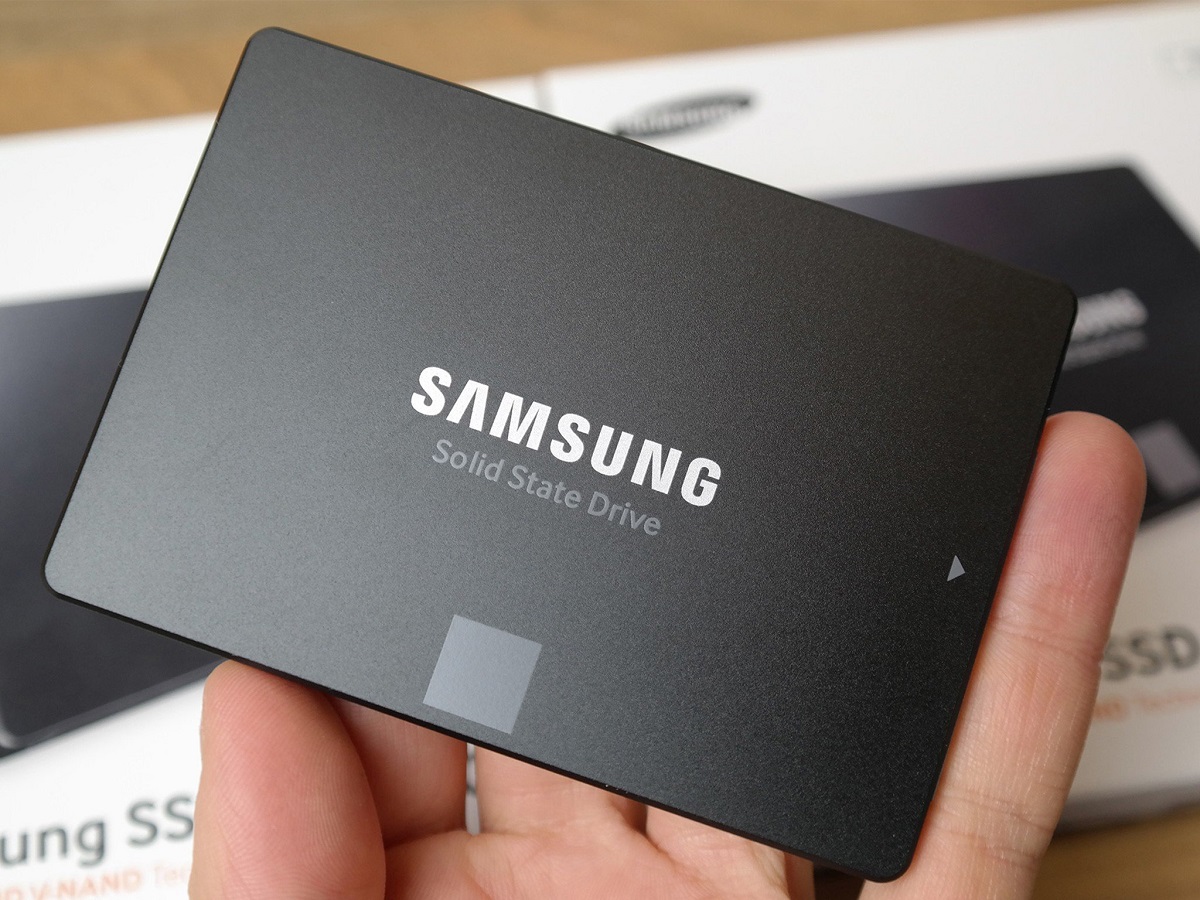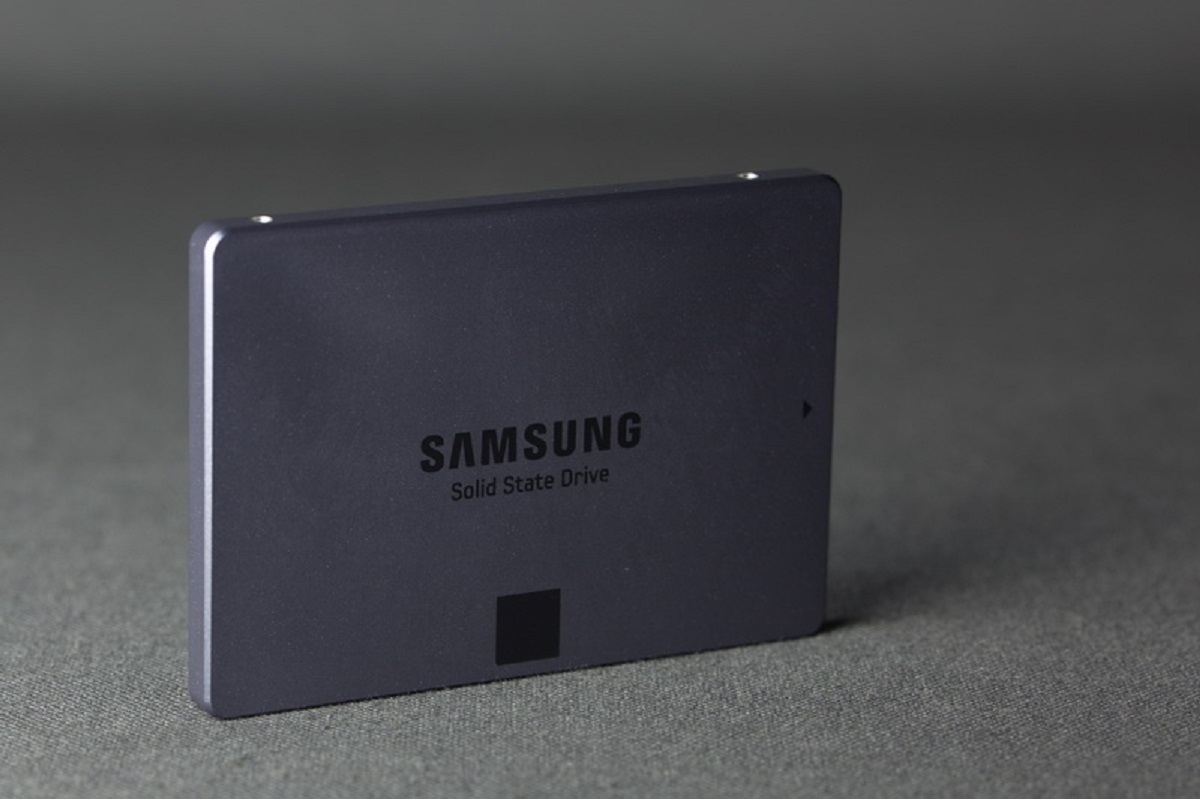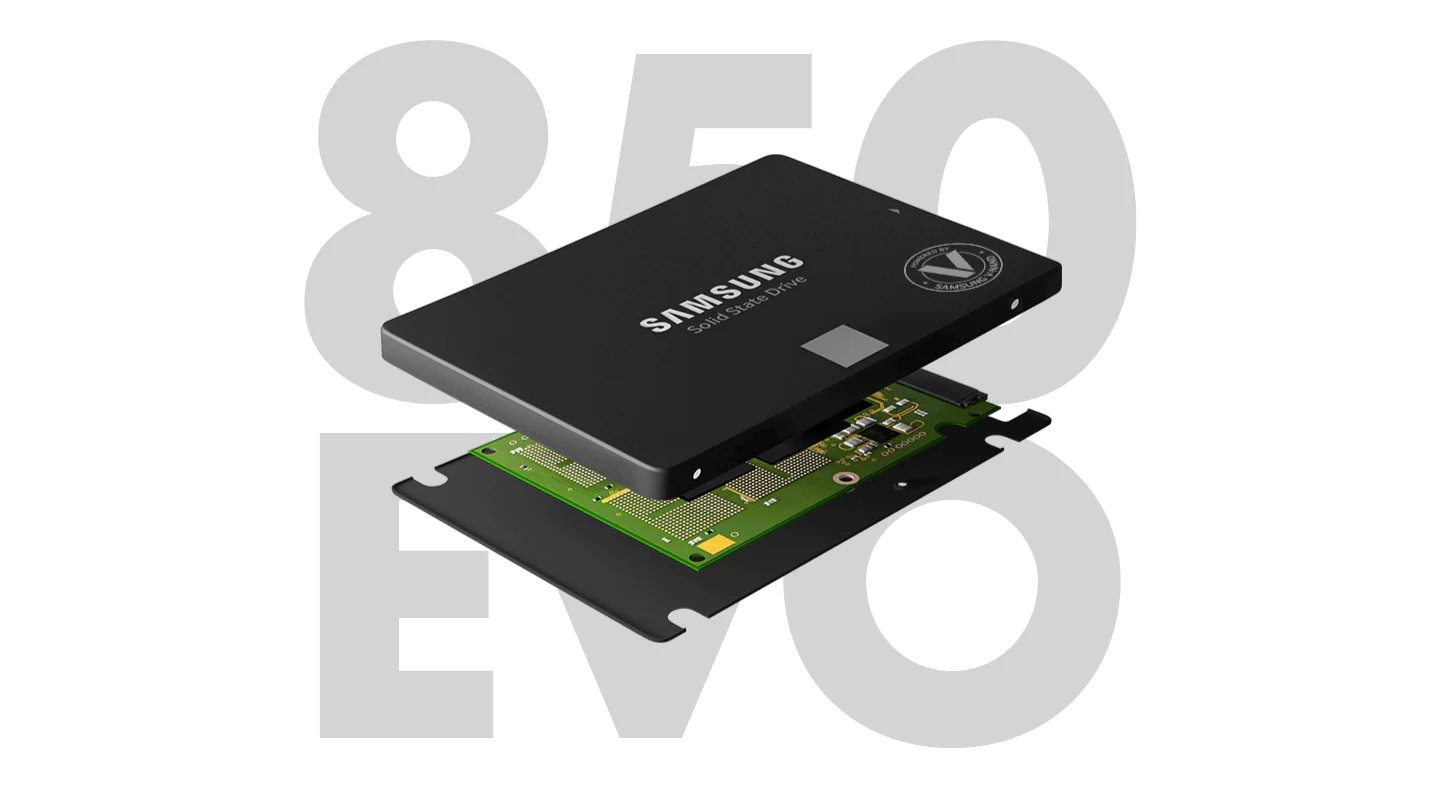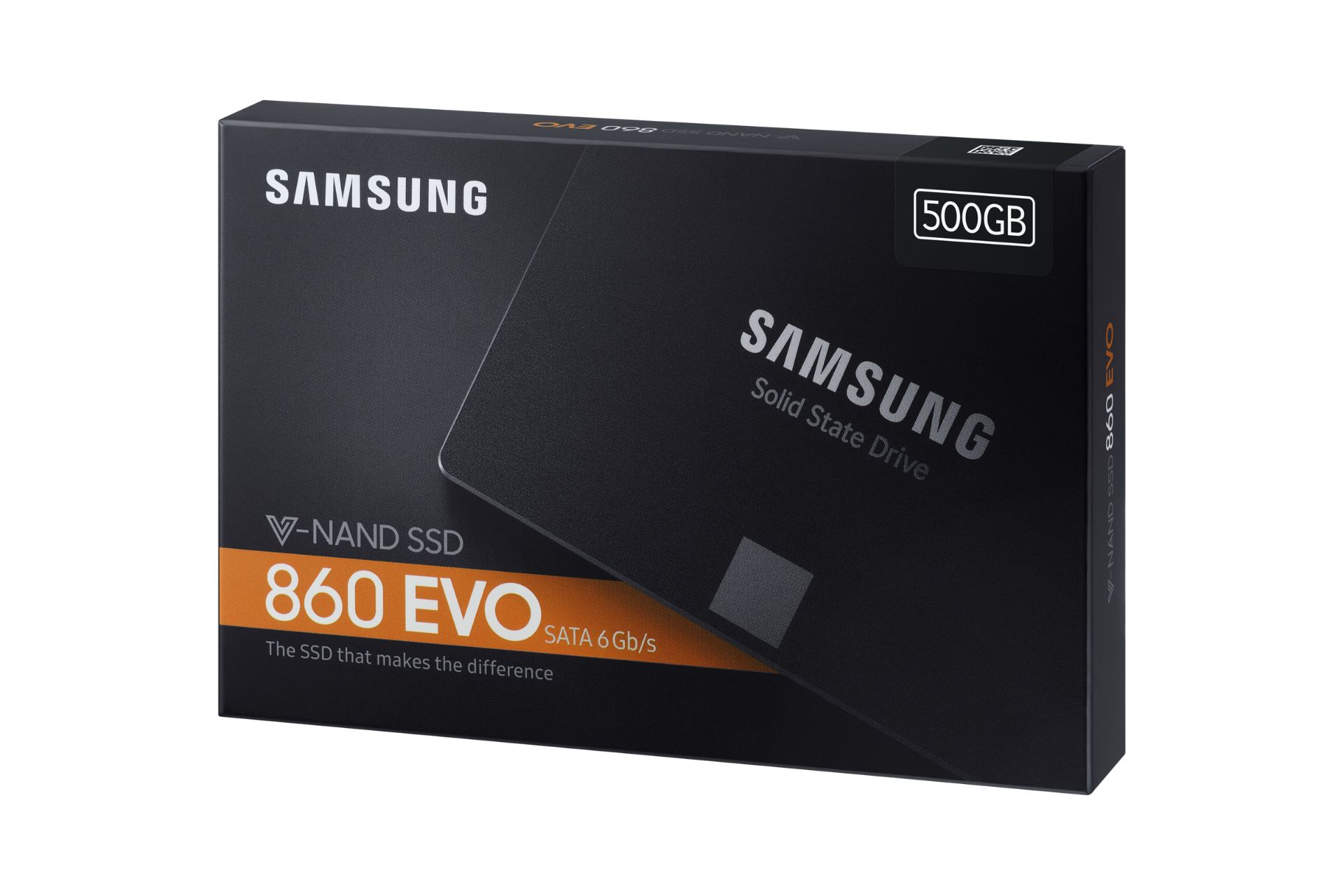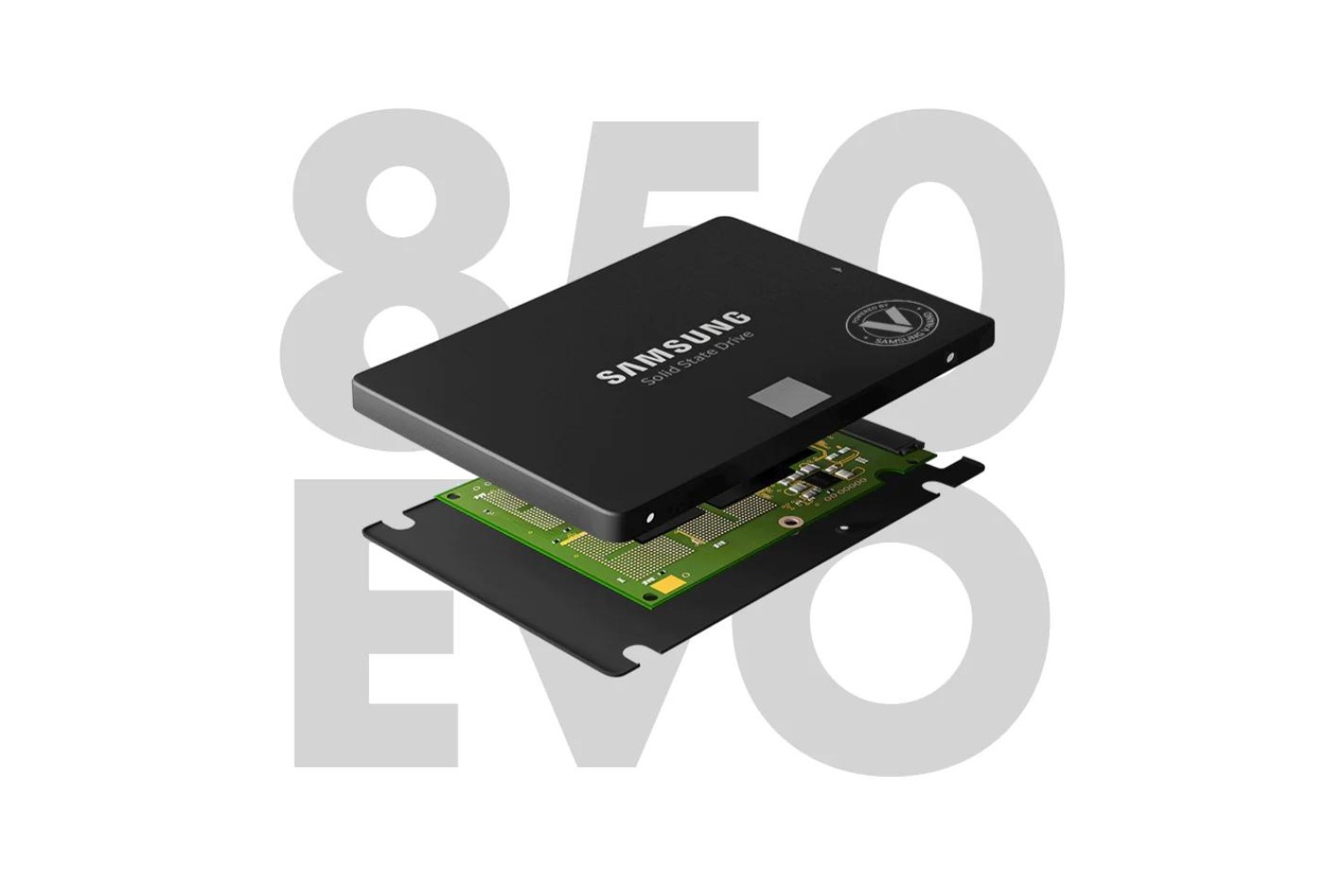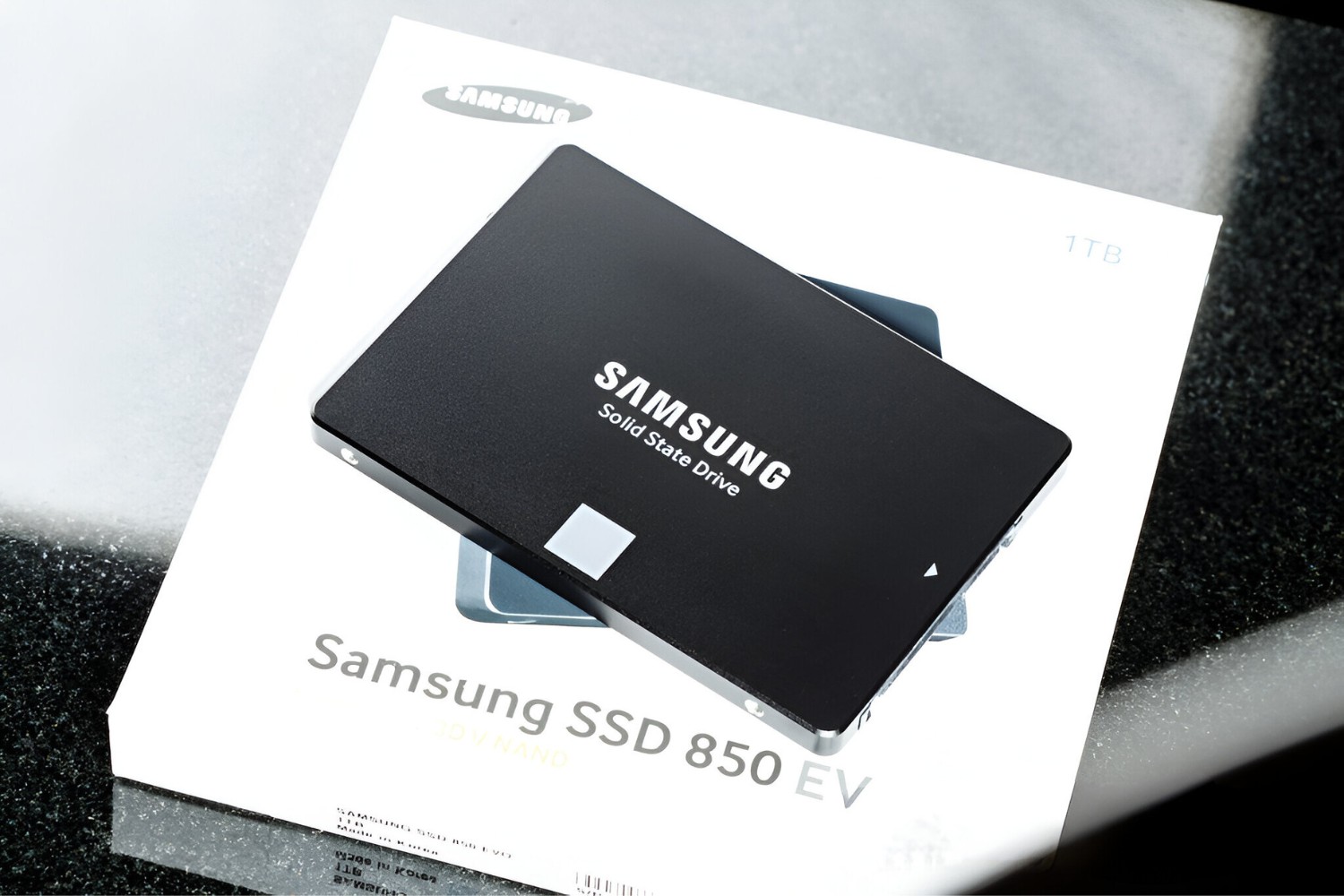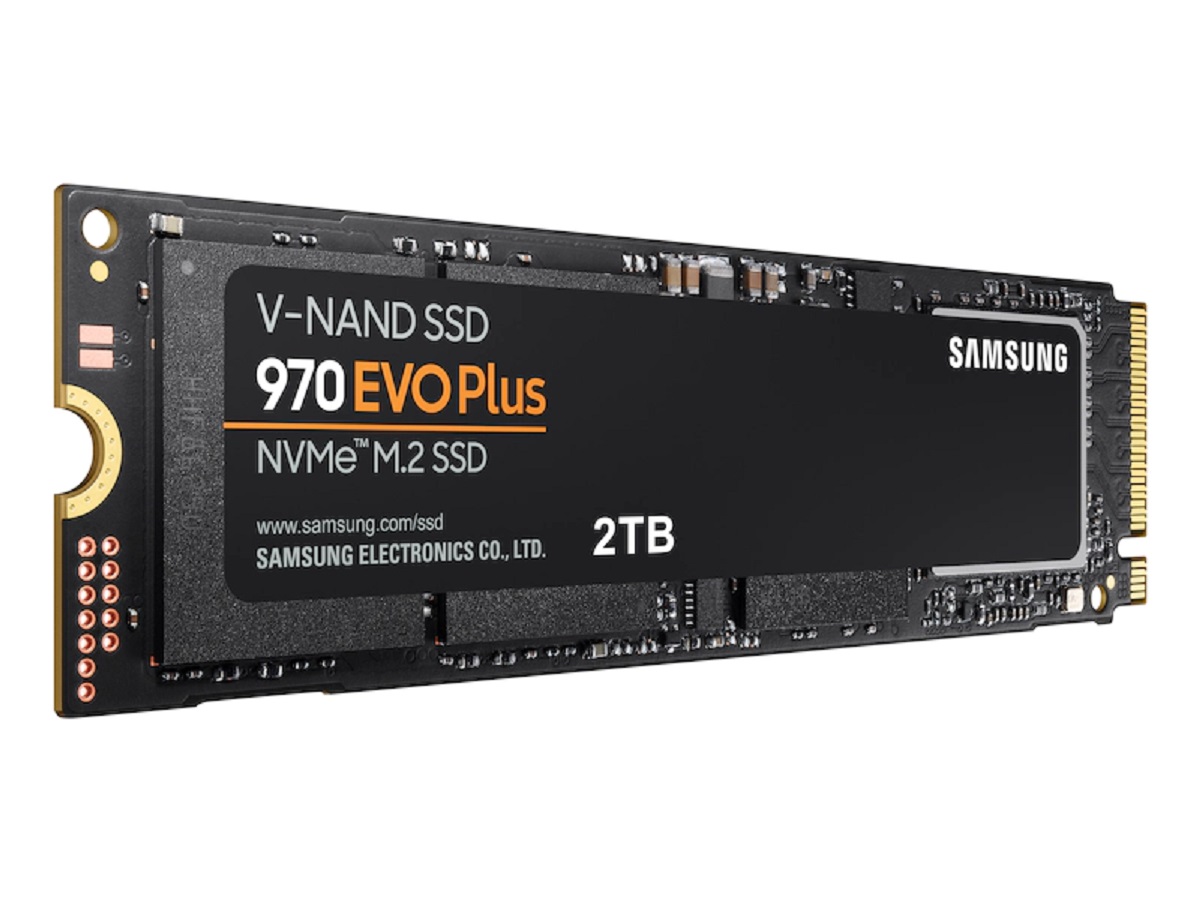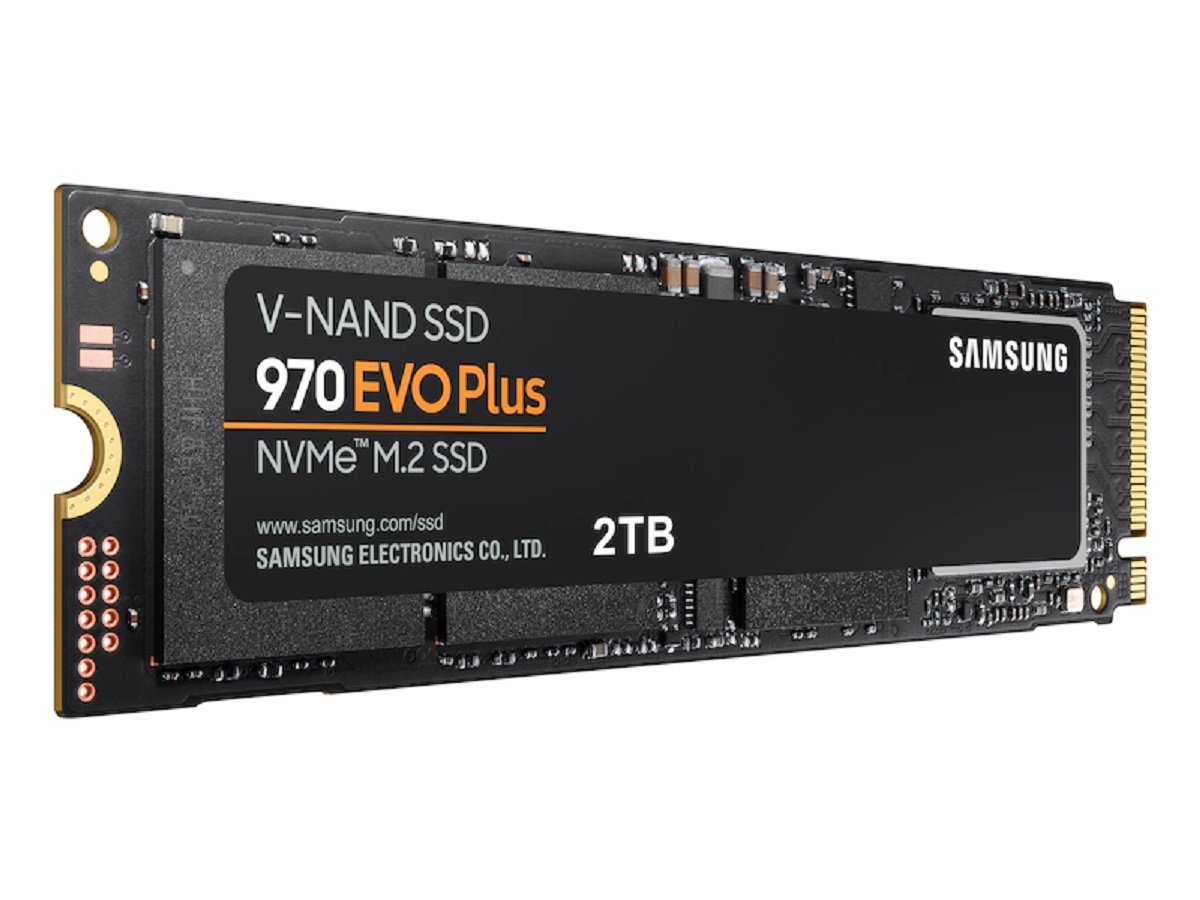What Is Rapid Mode?
Rapid Mode is a feature developed by Samsung for their solid-state drives (SSDs) that aims to enhance overall performance and speed up data processing. It works by utilizing a portion of your computer’s system memory (RAM) as a cache for frequently accessed data, allowing for quicker data retrieval and improved responsiveness.
When Rapid Mode is enabled, the SSD effectively leverages the faster speed of your computer’s RAM to optimize read and write operations. By caching data in the RAM, the SSD can access it much faster than it would from the actual drive, reducing latency and improving overall performance.
Rapid Mode is especially beneficial for tasks that involve large file transfers, such as multimedia editing or gaming, as it can significantly reduce loading times and accelerate data access. Additionally, it can improve the responsiveness of your operating system, making your computer feel more snappy and efficient.
It’s important to note that Rapid Mode is exclusive to Samsung SSDs and is specifically tailored to work with their firmware. This means that it may not be available or compatible with SSDs from other manufacturers.
Enabling Rapid Mode does come with some tradeoffs. Since it uses a portion of your RAM as a cache, the available amount of system memory will be reduced, which could impact multitasking capabilities, especially if you have limited RAM capacity. Additionally, the increased use of RAM may lead to higher power consumption.
Overall, Rapid Mode is a powerful feature that can significantly enhance the performance of Samsung SSDs, especially in resource-intensive tasks. However, it’s important to weigh the benefits against the potential limitations and consider your specific needs before enabling this feature.
How Does Rapid Mode Work?
Rapid Mode works by utilizing a portion of your computer’s system memory (RAM) as a cache for frequently accessed data. When enabled, the SSD driver allocates a specific amount of RAM to be used as a high-speed buffer. This buffer acts as a temporary storage for data that is frequently accessed, allowing for faster read and write operations.
When a file or application is accessed, Rapid Mode checks whether it is already stored in the cache. If it is, the data can be retrieved directly from the RAM, which is much faster than accessing it from the SSD. This results in improved performance and reduced latency.
Rapid Mode employs sophisticated algorithms to determine which data should be stored in the cache. It analyzes patterns in data access and identifies files and applications that are frequently accessed. This ensures that the most relevant and frequently used data is prioritized in the cache, further optimizing performance.
It’s important to note that Rapid Mode operates at a lower level than the operating system, meaning that it works regardless of the file system in use. This allows it to benefit a wide range of applications and file types, making it a versatile performance enhancement tool.
While Rapid Mode primarily improves read speeds by storing frequently accessed data in the cache, it can also enhance write speeds by temporarily buffering data before writing it to the SSD. This can be particularly beneficial in scenarios where large files need to be written, such as during media editing or file transfers.
Furthermore, Rapid Mode dynamically adjusts the cache size based on the available free memory, ensuring optimal utilization of system resources. This helps to prevent excessive memory usage and allows your computer to function smoothly even when Rapid Mode is enabled.
Overall, Rapid Mode leverages the speed of your computer’s RAM to create a high-performance cache for frequently accessed data. By storing data in the cache, it reduces access times and enhances overall system responsiveness, providing a noticeable boost in performance for Samsung SSD users.
Benefits of Using Rapid Mode
Enabling Rapid Mode on your Samsung SSD can bring several benefits that enhance overall system performance and user experience.
1. Faster Data Access: Rapid Mode utilizes the high-speed RAM cache to store frequently accessed data, reducing latency and significantly improving read and write speeds. This means that applications and files load faster, resulting in a smoother and more responsive computing experience.
2. Improved Multitasking: By caching frequently used data in the RAM, Rapid Mode allows for smoother multitasking. It reduces the time spent waiting for data to be accessed from the SSD, freeing up system resources for other tasks and minimizing bottlenecks that could slow down your computer.
3. Enhanced Gaming Performance: Gamers can benefit greatly from Rapid Mode. It reduces loading times for games and improves the overall gaming experience by providing faster access to game files, textures, and other assets. This can result in smoother gameplay, reduced stuttering, and improved responsiveness.
4. Accelerated File Transfers: Rapid Mode can significantly speed up large file transfers, such as copying or moving multimedia files. By caching frequently accessed data in the high-speed RAM cache, it bypasses the need to access the slower storage medium, resulting in faster transfer speeds.
5. Efficient Resource Utilization: Rapid Mode dynamically adjusts the cache size based on the available free memory, ensuring optimal resource utilization. It intelligently manages the cache to provide the best performance without excessively consuming system resources.
6. Easy to Enable and Disable: Enabling Rapid Mode is a straightforward process using Samsung’s SSD management software. You can easily toggle the feature on or off depending on your needs or specific workloads, allowing you to customize your system’s performance according to your requirements.
7. Exclusive to Samsung SSDs: Rapid Mode is a unique feature developed by Samsung specifically for their SSDs. It is optimized to work seamlessly with Samsung firmware, ensuring the best performance and compatibility. If you own a Samsung SSD, Rapid Mode is a valuable tool to maximize its capabilities.
Overall, the benefits of using Rapid Mode include faster data access, improved multitasking, enhanced gaming performance, accelerated file transfers, efficient resource utilization, and the seamless integration with Samsung SSDs. By enabling Rapid Mode, you can unlock the full potential of your Samsung SSD and enjoy a noticeable boost in system performance.
How to Enable Rapid Mode on Samsung SSD
Enabling Rapid Mode on your Samsung SSD is a straightforward process. Follow these step-by-step instructions to take advantage of this performance-enhancing feature:
- Ensure that you have the Samsung SSD installed in your computer.
- Download and install the Samsung Magician software from the Samsung website. Magician is a free utility that allows you to manage and optimize your Samsung SSD.
- Launch the Samsung Magician software and wait for it to detect your Samsung SSD.
- Once your SSD is detected, click on the “Performance Optimization” tab in the Samsung Magician software.
- Under the “Rapid Mode” section, you will see a toggle switch. Click on the switch to enable Rapid Mode.
- A warning message will appear, informing you about the potential impact on system resources. Read the message carefully and click “Enable” if you wish to proceed.
- The software will then allocate a portion of your system memory (RAM) to be used as a cache for Rapid Mode.
- After the process is completed, you will see a confirmation message indicating that Rapid Mode is successfully enabled.
- Restart your computer to apply the changes.
Once your computer restarts, Rapid Mode will be activated, and your Samsung SSD will now be utilizing the high-speed cache in your RAM to enhance performance. You can enjoy faster data access, improved multitasking, and other benefits that Rapid Mode provides.
If you ever want to disable Rapid Mode, simply return to the Samsung Magician software and toggle the switch under the “Rapid Mode” section to the off position. Again, restart your computer for the changes to take effect.
It’s important to note that not all Samsung SSD models support Rapid Mode. Make sure to check the specifications of your SSD to ensure compatibility with this feature.
By following these steps, you can easily enable or disable Rapid Mode on your Samsung SSD and optimize its performance to suit your needs.
System Requirements for Rapid Mode
In order to enable and effectively use Rapid Mode on your Samsung SSD, there are certain system requirements that need to be met. These requirements ensure proper functionality and optimal performance. Here are the key system requirements for Rapid Mode:
- Compatible Samsung SSD: Rapid Mode is exclusively designed for Samsung SSDs. Therefore, you must have a Samsung SSD that supports Rapid Mode. Check the specifications and documentation of your SSD model to determine if it is compatible with this feature.
- Supported Operating System: Rapid Mode is compatible with Windows operating systems only. It supports Windows 7, Windows 8, and Windows 10. Ensure that your computer is running one of these supported operating systems.
- Adequate RAM Capacity: Rapid Mode utilizes a portion of your computer’s system memory (RAM) as a cache. To enable Rapid Mode, you should have sufficient free RAM available. While the exact amount of RAM required may vary depending on your system and workload, it is generally recommended to have at least 4GB of RAM available.
- Samsung Magician Software: Rapid Mode is enabled and managed using the Samsung Magician software. Therefore, it is essential to download and install the latest version of Samsung Magician from the Samsung website. Ensure that you have administrative privileges on your computer to install and configure the software.
It is important to meet these system requirements to ensure proper functionality and performance when using Rapid Mode. Failure to meet these requirements may result in compatibility issues or suboptimal performance of the feature.
Additionally, it is worth noting that Rapid Mode may not be supported on all Samsung SSD models, even if they meet the compatibility requirements. Some older or lower-end models may not have Rapid Mode as a supported feature. Therefore, it is essential to check the specifications and documentation of your specific SSD model to confirm its compatibility with Rapid Mode.
By ensuring that your system meets the necessary requirements, you can take full advantage of Rapid Mode and enjoy the improved performance and responsiveness it offers on your Samsung SSD.
Limitations and Considerations of Rapid Mode
While Rapid Mode offers significant performance benefits for Samsung SSD users, it is important to be aware of its limitations and consider certain factors before enabling this feature. Here are some limitations and considerations to keep in mind:
- Reduced Available System Memory: When Rapid Mode is enabled, a portion of your computer’s RAM is allocated as a cache for the SSD. As a result, the available amount of system memory is reduced. This reduction in available memory may impact multitasking capabilities, especially if your computer has limited RAM capacity. It is essential to consider your specific system requirements and workload demands before enabling Rapid Mode.
- Potential Increase in Power Consumption: The increased use of RAM as a cache by Rapid Mode may lead to higher power consumption. As the RAM cache continuously reads and writes data, it can result in increased power usage. While the impact on power consumption may not be significant, it is worth considering for portable devices or systems with limited battery life.
- Impact on SSD Lifespan: Rapid Mode does not affect the overall lifespan or durability of your Samsung SSD. However, frequent and sustained write operations caused by Rapid Mode can contribute to increased wear on the SSD. This wear is generally manageable and within the expected lifespan of the drive, but it is something to be aware of, especially if you perform heavy and prolonged write-intensive tasks.
- Compatibility Limitations: Rapid Mode is exclusive to Samsung SSDs and is specifically designed to work with their firmware. While Samsung SSDs are widely compatible with modern systems, it’s important to ensure that your specific model supports Rapid Mode. Some older or lower-end Samsung SSD models may not have Rapid Mode available as a feature. Consult your SSD’s specifications and documentation to confirm compatibility.
It is crucial to weigh the benefits of Rapid Mode against these limitations and considerations. Consider your system requirements, available resources, and specific workload demands. Evaluate whether the performance gains provided by Rapid Mode outweigh any potential drawbacks or conflicts with your usage patterns and needs.
By taking these limitations and considerations into account, you can make an informed decision about enabling Rapid Mode on your Samsung SSD and maximize its benefits while ensuring a stable and efficient computing experience.
Comparing Performance with and without Rapid Mode
Enabling Rapid Mode on your Samsung SSD can bring noticeable improvements in system performance and responsiveness. Let’s compare the performance of Samsung SSDs with and without Rapid Mode to understand how this feature enhances overall user experience.
With Rapid Mode enabled, read and write operations benefit from the high-speed cache created in your computer’s RAM. This results in faster data access and reduced latency compared to accessing the data directly from the SSD without Rapid Mode.
The performance improvements can be particularly evident during tasks such as file transfers, gaming, multimedia editing, and general application loading. Rapid Mode reduces loading times, accelerates data access, and enhances the overall speed of your system.
When transferring large files, Rapid Mode speeds up the process by utilizing the cached data in RAM, effectively bypassing the need to access the slower SSD storage. This results in significantly faster transfer speeds and improved efficiency.
Gaming performance also benefits from Rapid Mode. Loading times are reduced, and textures, game files, and other assets are retrieved faster, ensuring a smoother and more immersive gaming experience. Rapid Mode minimizes stuttering and delays, making games more responsive and enjoyable.
Overall system responsiveness is improved with Rapid Mode. Applications open quicker, and multitasking becomes more seamless. The high-speed cache helps to mitigate delays and bottlenecks, allowing for smoother transitions between tasks and reducing the time spent waiting for data to load.
It’s important to note that the performance gains will vary depending on several factors, including the specific workload, the size and type of files being accessed, and the overall system configuration. Rapid Mode may have a more substantial impact on resource-intensive tasks compared to everyday computing tasks.
When comparing performance with and without Rapid Mode, it’s essential to take into consideration the specific workload demands, the available system resources, and the compatibility of your Samsung SSD model with Rapid Mode. These factors can influence the extent of the performance improvements achieved with Rapid Mode enabled.
By enabling Rapid Mode on your Samsung SSD, you can experience faster data access, reduced loading times, improved multitasking capabilities, and an overall boost in system performance. However, it’s important to evaluate your specific needs and usage patterns to determine if the performance gains outweigh any potential limitations or conflicts with your workflow.
Frequently Asked Questions about Rapid Mode
Here are the answers to some frequently asked questions regarding Rapid Mode on Samsung SSDs:
-
- What is Rapid Mode?
Rapid Mode is a feature developed by Samsung for their SSDs. It utilizes a portion of your computer’s RAM as a high-speed cache to improve data access and overall system performance.
-
- Which Samsung SSDs support Rapid Mode?
Rapid Mode is supported on select Samsung SSD models. Not all Samsung SSDs have this feature. Refer to the specifications and documentation of your SSD model to check if it supports Rapid Mode.
-
- Will Rapid Mode impact the lifespan of my SSD?
Rapid Mode itself does not affect the lifespan of your SSD. However, the increased write operations associated with Rapid Mode may lead to slightly more wear on the SSD. The wear is generally within expected limits and manageable.
-
- Does Rapid Mode consume a lot of system resources?
Enabling Rapid Mode uses a portion of your computer’s RAM. While it decreases the available system memory, the impact on system resources is generally minimal. However, you should consider your specific system configuration and available resources before enabling Rapid Mode.
-
- Can I enable Rapid Mode on non-Samsung SSDs?
No, Rapid Mode is a feature exclusively developed for Samsung SSDs and is specifically optimized to work with Samsung firmware. It is not compatible with SSDs from other manufacturers.
-
- Is it possible to disable Rapid Mode?
Yes, you can easily disable Rapid Mode using the Samsung Magician software. Simply toggle the Rapid Mode switch to the off position, and restart your computer for the changes to take effect.
-
- Will Rapid Mode improve gaming performance?
Yes, Rapid Mode can enhance gaming performance by reducing loading times and providing faster access to game files and assets. This results in smoother gameplay and improved responsiveness.
-
- Can I still use other caching technologies with Rapid Mode?
No, Rapid Mode is designed to create a cache utilizing your computer’s RAM. It does not support simultaneous use with other caching technologies.
If you have more specific questions or concerns about Rapid Mode on your Samsung SSD, it is recommended to consult the official documentation, support resources, or reach out to Samsung’s customer support for further assistance.
Conclusion
Rapid Mode is a powerful feature developed by Samsung for their SSDs that leverages your computer’s RAM to create a high-speed cache. By enabling Rapid Mode, you can experience significant performance improvements, including faster data access, reduced loading times, improved multitasking, and enhanced gaming performance.
However, before enabling Rapid Mode, it’s important to consider the limitations and requirements of this feature. Factors such as available system memory, power consumption, SSD lifespan, and compatibility with your specific SSD model should be taken into account. Evaluating your specific needs and workload demands will help determine if Rapid Mode is a suitable choice for your system.
Rapid Mode is exclusive to Samsung SSDs and requires the installation of the Samsung Magician software to manage and enable the feature. It is optimized to work seamlessly with Samsung firmware and may not be available on all Samsung SSD models.
By following the appropriate steps, you can enable or disable Rapid Mode easily through the Samsung Magician software. Additionally, frequently asked questions about Rapid Mode provide valuable insights into its functionalities and usability.
If you are a Samsung SSD user looking to enhance your system’s performance, Rapid Mode presents an excellent opportunity to unlock the full potential of your SSD. By leveraging the high-speed cache in your computer’s RAM, Rapid Mode facilitates faster data access and an overall smoother computing experience.
Make sure to thoroughly review the system requirements, consider the limitations, and evaluate your specific needs before enabling Rapid Mode. This feature, when used in conjunction with a compatible Samsung SSD, can provide a noticeable boost in performance and improve your overall computing experience.







